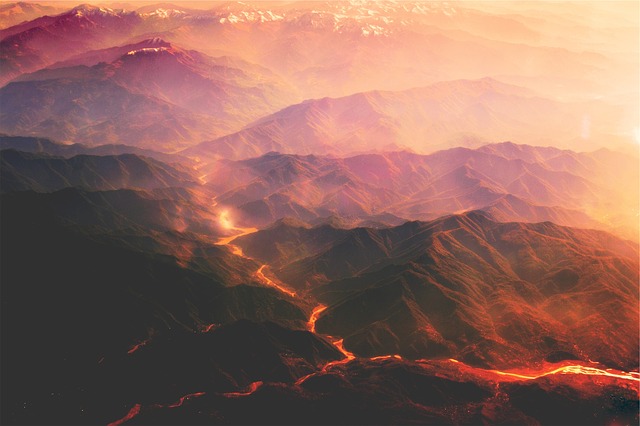
The Italian holiday island of Ischia off the coast of Naples was hit by a magnitude 4.3 earthquake this Tuesday.
Two people were confirmed dead, while 42 have been injured.
Three children, including a baby, miraculously survived after being trapped under rubble.
Yet, the earthquake might have a more dangerous impact not only on Italy but the whole Europe. The quake’s epicenter was only 40 kilometers from Campi Flegrei, one of the continent’s supervolcanoes.
It’s already been warned by Scientists from the University College London (UCL) and the Vesuvius Observatory in Naples that the supervolcano might be nearing a critical stage. According to Dr. Christopher Kilburn, director of the UCL Hazard Centre, the possibility of an eruption could be triggered by further unrest.
“We don’t know when or if this long-term unrest will lead to an eruption’ said Kilburn, noting that “Campi Flegrei is following a trend we’ve seen when testing our model on other volcanoes, including Rabaul in Papua New Guinea, El Hierro in the Canary Islands, and Soufriere Hills on Montserrat in the Caribbean.”
Is Campi Flegrei About to Blow?
In December 2016, National Geographic reported about the study which was led by Giovanni Chiodini of the Italian National Institute of Geophysics in Rome on Campi Flegrei.
The scientists had observed accelerating deformation and heating in the supervolcano. They claimed that magma could be approaching the critical degassing pressure based on physical measurements and computer modeling. There could be a sudden release of hot magmatic gasses which could trigger a really big eruption. But it could not be predicted when such an explosion would happen.
Meaning “burning fields” in Italian, Campi Flegrei is a large cauldron-like depression with 24 craters and various vents and geysers. It’s located underground or under the Mediterranean Sea with its depression spreading 7 miles across west of Naples, Italy’s most densely populated city.
Naples’ biggest explosion occurred 200,000 years ago, which resulted in a “volcanic winter” — due to the massive amount of ashes it spewed to the atmosphere.
The city’s next eruptions were around 35,000 years and 12,000 years ago, respectively — with one study suggesting that it had caused the extinction of the Neanderthals-Neanderthals and modern humans share almost 100% of their DNA.
Naples’ last explosion was in 1538, a relatively smaller eruption though it lasted eight days and gave way to the formation of a new mountain, Monte Nuovo.
Since then, Campi Flegrei had been quiet.
Then, between 1983 and 1984, there was major unrest in the supervolcano marked by thousands of earthquakes and a rapid uplift. It subsided until 2005 when a new inflation began. These incidences of uplift suggest that the volatile gases beneath the volcano are rising to the surface at an increasing rate.
Enter 2016. Giovanni Chiodini and his colleagues gave Italian authorities a warning.
How Italy is Dealing with the Possible Crisis
In response, Italy’s government has raised the supervolcano’s threat level from green to yellow. This means that the situation already requires scientific monitoring.
Now, with yet another earthquake, this time hitting Ischia just off coast of Naples, experts are saying that it could trigger Campi Flegrei’s next eruption.
According to Dr. Luca De Siena, one of the leading experts researching Campi Flegrei, “It could be a deep precursor of future activity in the center of the caldera, i.e. a movement that helps bring magma up to the volcano.”
What will happen if it finally explodes?
A large eruption could kill millions in Europe from incineration and suffocation. Another volcanic winter may occur with the volcanic ash clouds blocking the skies and darkness enveloping the continent.
Global economy and food production will be adversely affected.
There will be acid rain and global warming will further worsen.
Yet, it may still be similar to the 1538 eruption which was relatively smaller and quieter.
Nonetheless, the Italian government would have to relocate thousands of people from the area. And there will still be an impact on the environment and Europe’s economy.
Experts continue their close monitoring of the supervolcano, but no one really knows when Campi Flegrei intends to wake up.
- Bulenox: Get 45% to 91% OFF ... Use Discount Code: UNO
- Risk Our Money Not Yours | Get 50% to 90% OFF ... Use Discount Code: MMBVBKSM
Disclaimer: This page contains affiliate links. If you choose to make a purchase after clicking a link, we may receive a commission at no additional cost to you. Thank you for your support!

Leave a Reply